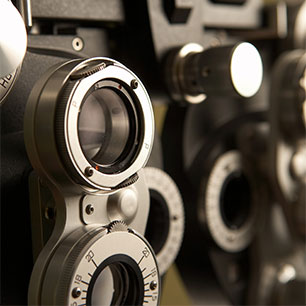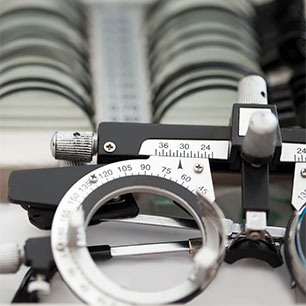Comprehensive Eye and Vision Exams
Health Assessment
Periodic eye and vision exams are an important part of preventive health care. Many eye and vision problems have no obvious signs or symptoms, so you might not know a problem exists. Early diagnosis and treatment of eye and vision problems can help prevent vision loss. It's important for adults 40 and older to have annual eye exams to check for problems. Routine eye examinations are critical for finding the following:
- Glaucoma which occurs when a build-up of fluid in the eye creates pressure, damaging the optic nerve. Glaucoma affects over 2 million people in the U.S. alone.
- Age-related Macular Degeneration (AMD) is a condition that affects the center of the retina, called the macula. The macula is the part of the eye responsible for our most acute vision, which we use when reading, driving, and performing other activities that require fine, sharp, or straight-ahead vision.
- Cataracts are a degenerative form of eye disease. As we age, changes occur to the natural crystalline lens inside the eye. When the lens is no longer as flexible or as clear as it used to be, the eye can't focus light properly.
- Diabetic Retionpathy causes progressive damage to the retina which is the light-sensitive lining in the back of the eye. Diabetic retinopathy is a serious sight-threatening complication of diabetes.
Refraction
The Refraction determines the lens power you need to compensate for any refractive error (nearsightedness, farsightedness or astigmatism). Using an instrument called a phoropter, the doctor places a series of lenses in front of your eyes. He then measures how these lenses focus light using a handheld lighted instrument called a retinoscope.


